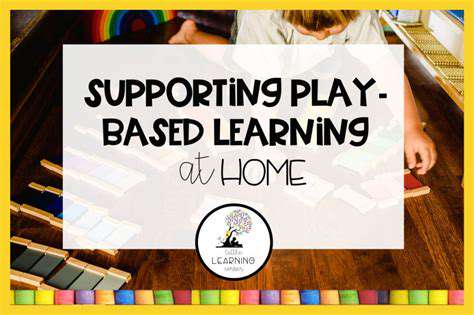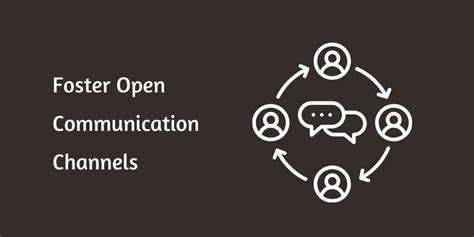Top Study Habits for Academic Success
Active recall, a cornerstone of effective learning, involves actively retrieving information from memory rather than passively rereading or reviewing it. This technique forces your brain to work harder, strengthening neural connections and improving long-term retention. Instead of simply looking at notes or textbook pages, try to answer questions about the material, explain concepts in your own words, or summarize key points without referring to your resources. This process strengthens memory traces and makes the information more accessible for later retrieval, ultimately leading to better understanding and improved performance on exams.
The key benefit of active recall is that it actively engages your cognitive processes. This active engagement makes the material more meaningful and memorable, unlike passive review methods which often lead to superficial understanding and quickly forgotten information. Consistent application of active recall techniques can significantly boost your ability to retain and retrieve information.
Spaced Repetition: Distributing Your Study Time
Spaced repetition is a powerful learning technique that involves revisiting material at increasing intervals. Instead of cramming everything into one sitting, you distribute study sessions over time, reviewing information at progressively longer intervals as you retain it better. This approach leverages the natural forgetting curve, ensuring that you're consistently reinforcing your memory and preventing information from fading into oblivion. Think of it as a targeted reinforcement schedule, keeping the information fresh in your mind while gradually increasing the gaps between reviews.
The key to spaced repetition is to utilize tools or methods that help you schedule these reviews. This could be a dedicated notebook, a digital flashcard app, or even a simple calendar. By strategically spacing out your reviews, you'll see a significant improvement in your ability to recall information over time, making the learning process far more effective.
The Importance of Interleaving
Interleaving involves mixing different topics or concepts during your study sessions, rather than focusing on a single topic for an extended period. This technique forces your brain to distinguish between different pieces of information, strengthening the connections between them. It's like working out different muscle groups in your body; interleaving builds a more robust and flexible understanding of the subject matter. By exposing yourself to a variety of concepts simultaneously, you're actively developing your ability to differentiate and categorize information, making it easier to retrieve and apply in different contexts.
Elaboration: Connecting the Dots
Elaboration involves actively connecting new information to existing knowledge, experiences, and examples. This deeper processing of the material strengthens the neural pathways associated with the information, making it more memorable. Instead of simply memorizing facts, try to explain their significance, relate them to other concepts you already understand, or create mental images to visualize the information. This technique enhances understanding and strengthens retention.
Dual Coding: Combining Visual and Verbal Information
Dual coding involves incorporating both visual and verbal representations of information during your study sessions. This method leverages the power of multiple sensory inputs, creating stronger memory traces. For example, when studying a new concept, try drawing diagrams, creating mind maps, or using flashcards with images to help encode the information in multiple ways. This dual encoding approach enhances the overall learning experience and promotes better retention.
Retrieval Practice with Variations
Varying the ways you test yourself during retrieval practice is crucial for maximizing learning. Don't just stick to one type of question format. Mix up multiple-choice questions, short answer questions, essay questions, and even explain the concepts to a friend or family member. This diverse approach forces your brain to retrieve information from different angles, strengthening the neural pathways and ensuring a more robust understanding. This variation in questioning strategies leads to improved retention and application of the information.
Active Learning Beyond the Textbook
Active learning extends beyond simply studying from textbooks. Engaging in activities like teaching the material to someone else, creating practice problems, or discussing concepts with peers can significantly enhance your understanding and retention. These active learning methods provide opportunities for deeper processing, application, and critical thinking, making the learning process more engaging and effective. Seek out opportunities to apply what you learn, fostering a more meaningful connection to the subject matter.













